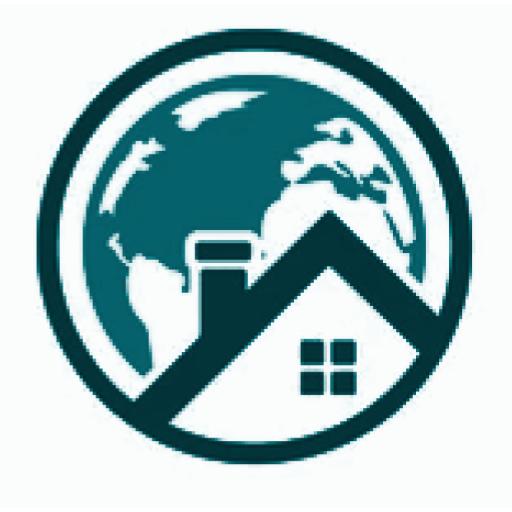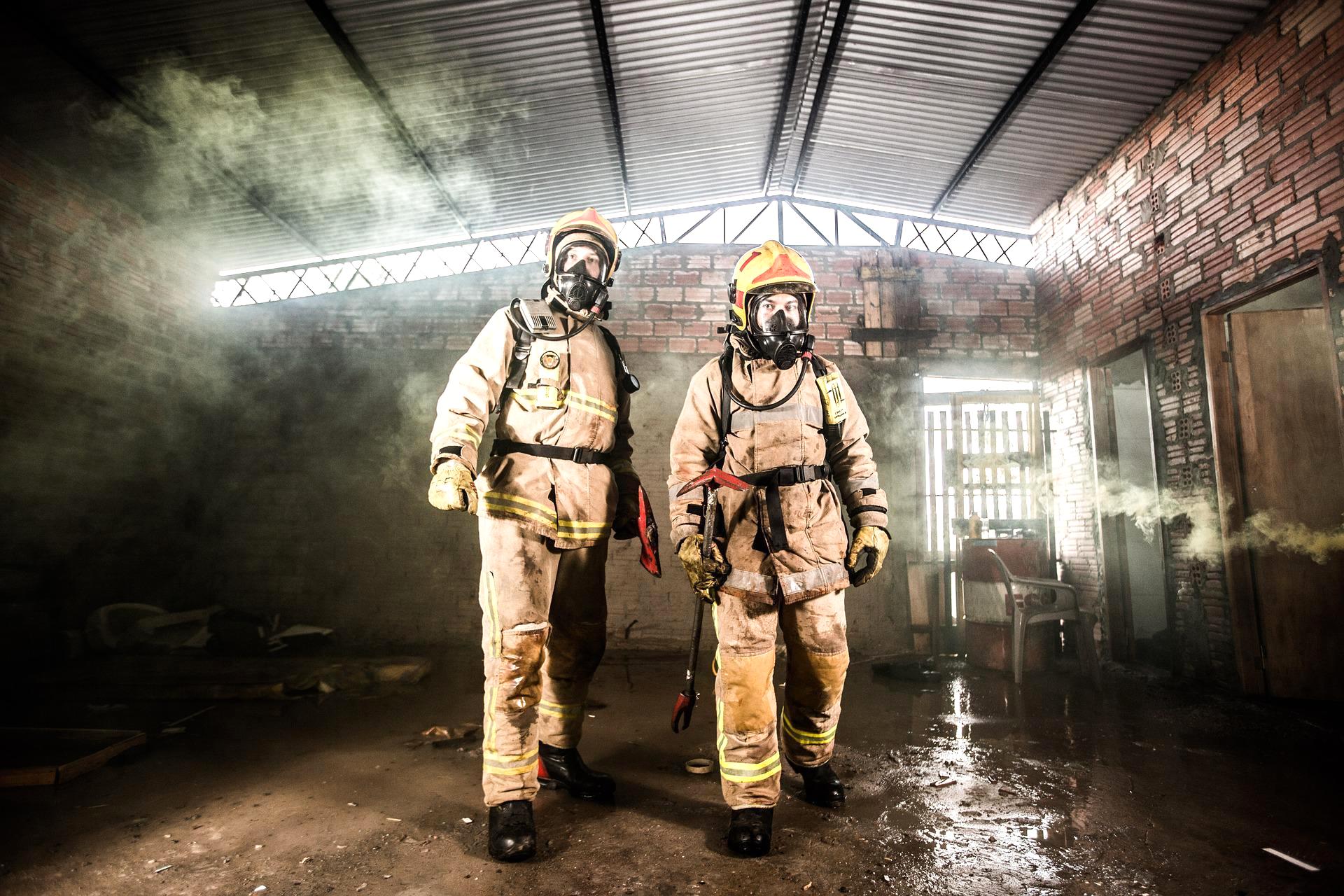Drone technology has ceased to be just a mere fanciful and impractical aspect of Hollywood blockbusters, making headway into almost every aspect of modern industries and services. Naturally, healthcare isn’t far behind in leveraging this nifty and reliable tech to its advantage. Let’s see how deep penetration of this aerial supply chain wonder gadget has been.
Drones also referred to as unmanned aerial vehicles (UAV), are slowly making their presence felt in the healthcare sector. Gone are the days when sending emergency life-saving medicines to the remotest part of the country was unthinkable and would take days to reach.
With the advent of drone technology and healthcare and Medtech companies adopting it in a new way plus the government’s push, has opened a new era for drones in the health sector.
The usage of drones in the healthcare industry is becoming a new norm set to bring a revolution in the sector. The drone technology in healthcare, previously envisioned for aerial and military use, is touted to become the future of healthcare. With the advent of drones, it is possible to deliver blood, vaccines, birth control, snake bite serum and other medical supplies to rural areas, where it can reach the victims who require immediate medical attention within minutes. The need for drones was more relevant when COVID-19 vaccines were transported to remote corners during the pandemic.
According to Rashmi Pimpale, CEO, Research and Innovation Circle of Hyderabad (RICH), many countries have recognised the potential and have already begun implementing drone technology in healthcare. For instance, Rescue Robotics, a mission to deliver medical supplies to remote areas in Rwanda and Ghana, and the Maryland kidney delivery for transplant were successful missions proving the usefulness of drones.
APAC and global drone market
According to Fortune Business Insight, the global commercial drone market size was valued at $6.51 billion in 2021. The market is projected to grow from $8.15 billion in 2022 to $47.38 billion by 2029, exhibiting a CAGR of 28.58 per cent during the forecast period. The market in the Asia Pacific is predicted to display sudden growth, owing to increasing drone production and operation corporations across the region, as per the report.
China became the global hub for drone industry manufacturing over the past six years. About 70 per cent of the world’s civilian drone market is supported by China, with about 1200 drone manufacturers in 2019 (up from 130 manufacturers in 2013), as per a report by Research and Market. Various subsidies and schemes are being provided by the Chinese Government. Besides, favourable domestic policies for drone purchases to promote technological advancements in industrial sectors are some of the welcome moves. Some of the prominent players in the market are SZ DJI Technology Co (DJI), Hubsan, Terra Drone Corporation, Guangzhou EHang Intelligent Technology Co, Yuneec and MicroMultiCopter Aero Technology Co etc. The country has recently launched a drone carrier with a one-of-a-kind artificial intelligence system that includes dozens of autonomous drones, ships, and submersibles for marine research and observation.
Melbourne-based drone logistics company Swoop Aero has been delivering medical supplies through drones across Malawi, the Democratic Republic of the Congo, Mozambique, and Vanuatu in Africa over the last two years. Recently, the company completed a $16 million Series B venture capital raise. In March and April 2022, polio vaccines were distributed via drones.
Australia’s Civil Aviation Safety Authority (CASA) has also granted Swoop Aero BVLOS (Beyond Visual Line Of Sight) approval for medical logistics operations in Queensland. The company will be able to operate in a fully integrated airspace with an aerodrome based hub at the local airport in Goondiwindi.
Japan-based Toyota Tsusho Corporation and US-based Zipline launched an automated, on-demand delivery service to distribute medical supplies across Japan’s Gotō Islands of Nagasaki Prefecture. There were plans for regular flights to Naru Island, with plans to gradually increase it to western Fukue Island, other islands in the city, Shinkamigoto and other areas.
The South-East Asian countries fared better compared to India when it came to implementing drones, especially in the backdrop of the COVID-19 pandemic. Let us look into some of the drone initiatives which the South East Asian countries have undertaken in the recent past.
Malaysia deployed drones to sanitise outdoor public spaces. Drones carried out large-scale misting of areas with disinfectants. The health ministry also used drones to transport COVID-19 vaccines and medical supplies to remote areas. Malaysia Digital Economy Corporation (MDEC) has taken on the task of leading the country’s drone industry. Recently SME Corporation Malaysia and MDEC have embarked on an initiative to scale drone tech adoption in the health industry.
Says Gopi Ganesalingam, Chief Digital Industry Officer, MDEC, “Rules and regulations need to be up to date with technology. If we don’t have forward-looking policies, we cannot implement drone tech successfully.”
India-based drone startup Garuda Aerospace has teamed up with Malaysia-based HiiLSE Global (HiiLSE Drones) to set up a 2.42 hectares drone factory in Malaysia with an investment of Rs 115 crore. The company manufactures 30 different types of drones and offers over 50 types of services which includes drone delivery of medicines for hospitals and drone delivery of packages for food.
A group of drone enthusiasts in Indonesia used their aerial skills to provide contactless medicine and food delivery to COVID-19 patients isolated at home. As Indonesia is geographically spread out across thousands of islands, the ‘Makassar Recover Drone Medic’ team worked with the local coronavirus task force to deliver medicines at least five times a day. It was reported that during the peak covid outbreak around 25 rounds of deliveries were made in one day.
Singapore’s first drone delivery service started with the first parcel containing 2 kg of vitamins dropped onto a ship anchored off the island. The 2.7km, a seven-minute flight took place off Marina South Pier, under a one-year deal inked between shipping giant Eastern Pacific Shipping (EPS) and local startup F-drones. Each drone can take up to 5 kg of supplies and travel up to 5km offshore each way.
In Singapore, the National University Health System (NUHS) makes use of drones, robots and touch-free technology on its various campuses. The use of drones to conduct building inspections has been rolled out since October last year, with Alexandra Hospital, Ng Teng Fong General Hospital and NUH having gone through two rounds of inspections. These checks will be done quarterly.
Thailand started testing medical deliveries to people in remote areas under a new project called Delivers Wellness. Thailand Post is leading the project and has already been distributing medical equipment to hospitals across the country and delivering medical supplies from hospitals to patients.
The Middle East and the US market
Moving from Southeast Asia to the Middle East Asia, The Abu Dhabi Department of Health (DoH) announced that the Emirate of Abu Dhabi is adopting advanced drones to distribute and transfer medical supplies within the healthcare sector. The project collaborates between the DoH, the General Civil Aviation Authority, SkyGo (a drone provider), and Matternet, the logistics service.
In 2020, the US-based drone logistics company Volansi piloted the first delivery of temperature-controlled vaccines in the US, in partnership with Merck. San Francisco-headquartered Zipline has partnered with Walmart to trial the small-scale delivery of non-prescription drugs in Pea Ridge, Arkansas. Zipline has also completed the first drone deliveries in Nigeria’s Kaduna State. Zipline will operate three distribution centres across the state, covering an area of 46,000 sq km and delivering to approximately 500 health facilities serving millions of people.
The UK’s National Health Service (NHS) launched its first drone delivery system pilot in Argyll and Bute, Scotland, in 2021. It delivered COVID-19 tests, personal protective equipment (PPE) and medicines to some of the UK’s most remote communities.
Drone Delivery Canada worked in partnership with the University of British Columbia to deploy drones to the Stellat’en First Nation.
Alphabet subsidiary Wing launched its first commercial drone delivery service in a US metro area on April 7 in the Dallas-Fort Worth Metroplex to several thousand suburban homes. The drones fly health and wellness products from Walgreens directly to customers’ homes.
Last year, UPS Flight Forward began making COVID-19 vaccine deliveries via drone for Atrium Health Wake Forest Baptist medical centre in Winston-Salem, North Carolina, using packaging from Cold Chain Technology developed for drones. UPS’s drone airline received first-of-its-kind approval from the FAA to carry alkaline and lithium batteries to power temperature monitoring devices required by the US Centers for Disease Control and Prevention for COVID-19 vaccine transport.
Says Aarti Chitale, Senior Industry Analyst, Healthcare & Lifesciences, Frost & Sullivan, “Across Asia Pacific, drone usage is gaining traction in line with that of India. Countries including Singapore, South Korea (which are amongst the developed nations in APAC) as well as Malaysia, Indonesia (amongst the emerging/ developing nations), have built stringent drone laws for the commercial-scale usage of these machines.”
It may be noted that across Singapore, the country’s law mandates the registration of any drone (whether private or commercial) with the Civil Aviation Authority of Singapore (CAAS) for any drone weighing more than 250 grams. It is followed by obtaining the relevant certifications and licenses. Similarly, Malaysia does not permit flying drones above 400 feet and within 50 meters of any person, vehicle or structure which is not associated with the drone flying.
According to the South Korea Office of Civil Aviation, drones for commercial usage require registration with the Ministry of Land, Infrastructure and Transport with the operator requiring a legible license for operation in addition to the restriction on flying height, vicinity of structures and people amongst other things.
The India market
According to a recent report from the Federation of Indian Chambers of Commerce & Industry (FICCI) and EY, there are estimates that the drone market in India will surpass $900 million in the next two to three years. A report by 6Wresearch states that the Indian UAV market is poised to grow at a CAGR of 18 per cent during 2017–23, in terms of revenue. BIS Research predicts that the market for commercial drones superseded the military market by 2021, cumulatively hitting approximately $900 million.
The Indian Council of Medical Research (ICMR) recently released ‘Guidance Document for use of Drones in Healthcare’. The institute has published the document based on the field experience in Manipur and Nagaland. The objective of this document covers areas such as how to obtain regulatory approvals from competent authorities for various kinds of drones and utilising air space for delivering medical supplies restricted to medicines, vaccines and surgical materials. Over 15 startups in India are into manufacturing drones.
Challenges
There is a general perception that drones will make the matter easy for the healthcare industry. However, getting regulatory approvals from the government for startups and drone manufacturers can be a daunting task. Also, with many terror attacks being planned via drone from the neighbouring country, all aspects need to look into before giving a go-ahead. It may be noted that a proper tracking mechanism should be in place for countries having international borders to ensure that drones are not misused for human fatality.
Apart from the above concerns, investing in drones in rural areas can be quite challenging due to lower affordability leading to significantly lower adoption. Drones run on batteries and limited battery life could limit their usage across longer distances, especially in the rural/ remote locations in India. Also, drones require the corresponding infrastructure such as landing stations and communication systems, with good Internet connectivity, a lack of which will directly impact their usage.
When delivering temperature-sensitive medical supplies such as cold-stored vaccines, the environmental temperature, humidity and air and weather conditions can deplete the quality of the medical supplies and delay the supply timelines.
The future
There is tremendous scope for drones in the healthcare sector. However, the easy availability of drones will lead to security issues where terrorist attacks take place using drones. With proper regulations in place, the drone culture in India’s health sector can be a win-win situation for the government, healthcare providers and patients.
Dr Neeraj Sood, Professor and Vice Dean- Research, University of Southern California Price School of Public Policy, says, “The need for drones is much more in India than in other places. A major challenge to the application of drone technology in the healthcare space would come concerning the regulatory infrastructure. The government must get all stakeholders together and build the required infrastructure for smooth operations of the drone technology for healthcare. For countries like South Korea, where things are generally more regulated and the people are more accepting of these regulations, and it’s smaller in size when compared to India, it might be faster for them to move forward with drone technology. Also, the application of drone technology might be easier in other fields such as retail since more checkpoints are required in the healthcare space, making it more stringent. For example, temperature monitoring of a blood sample needs to be done etc.”
Source: BioSpectrum








